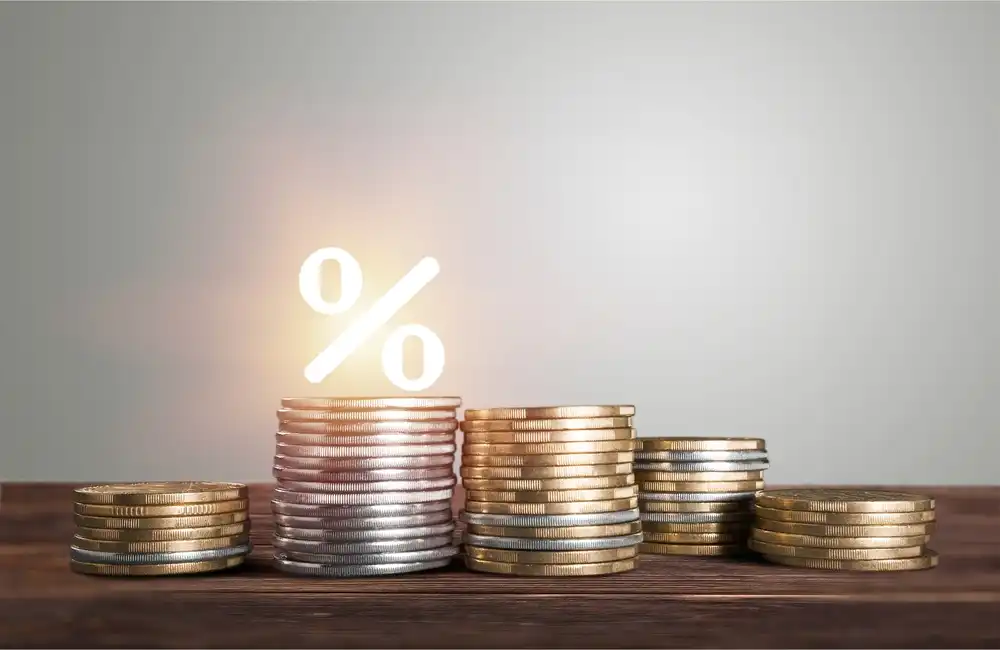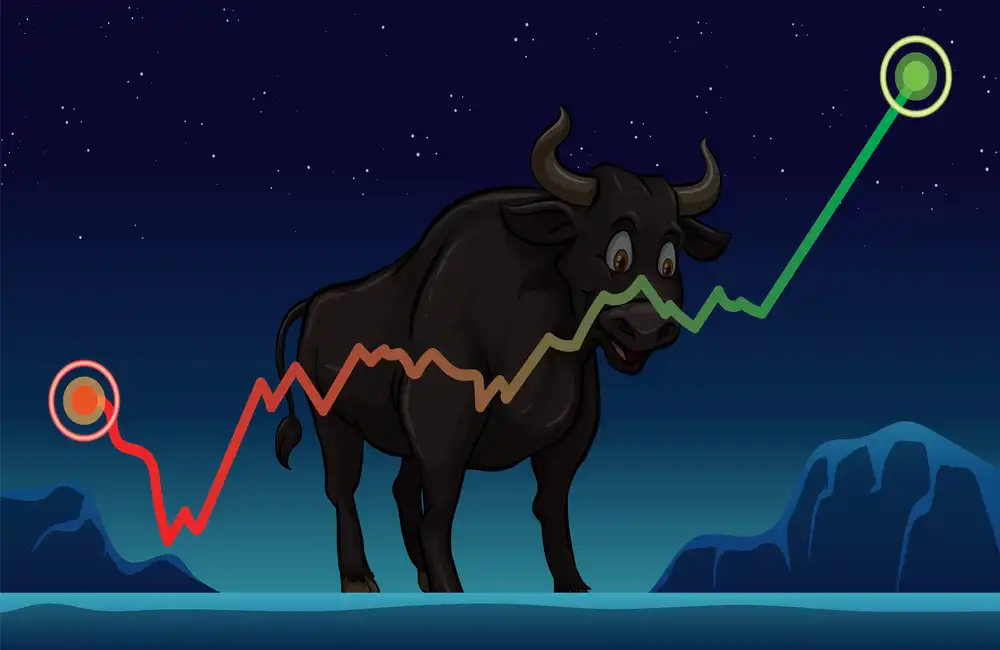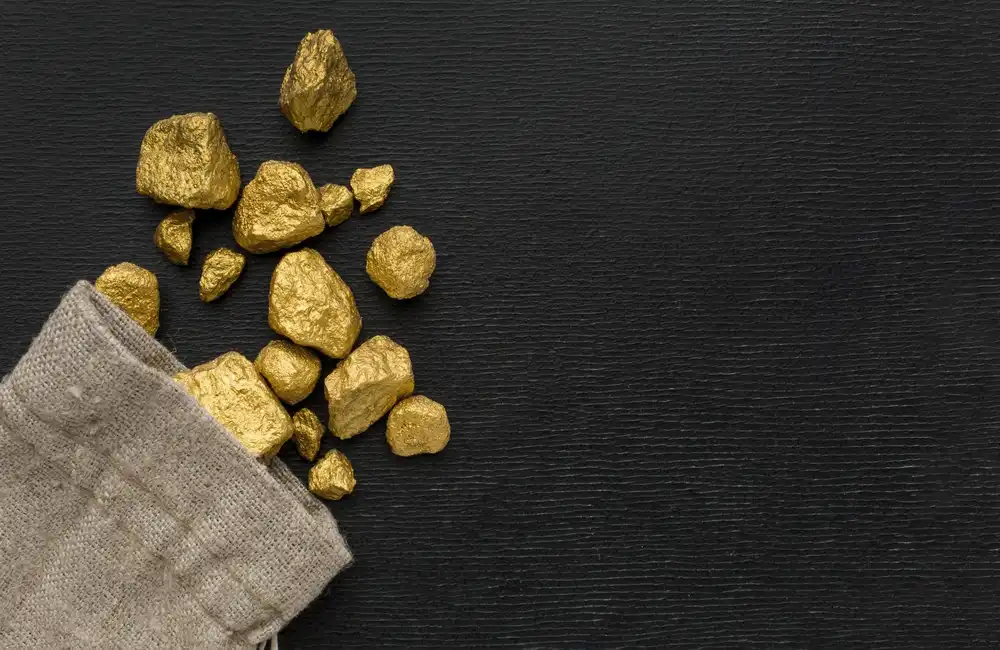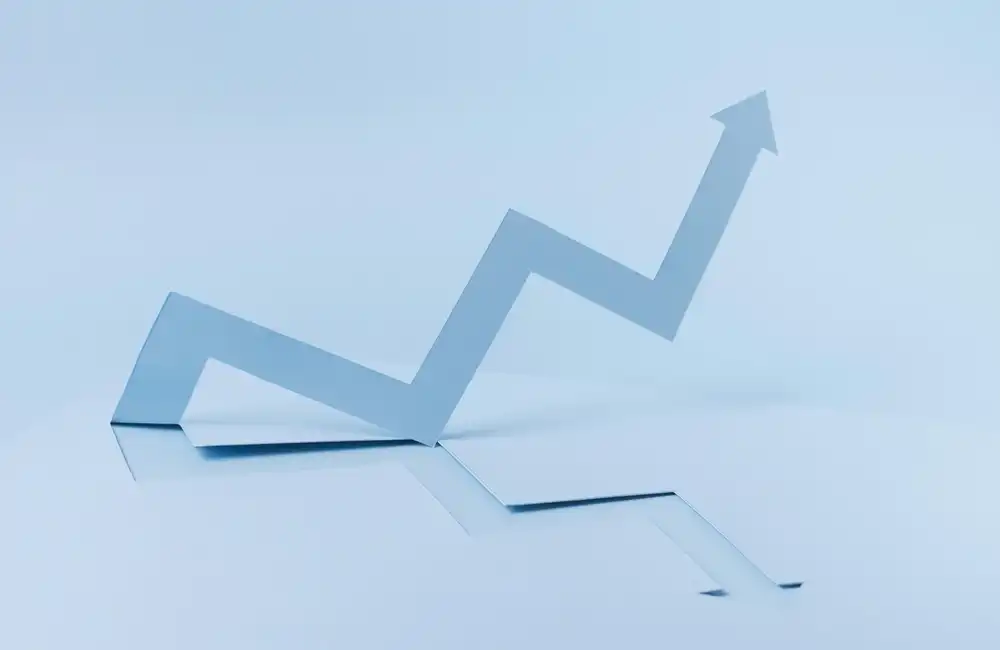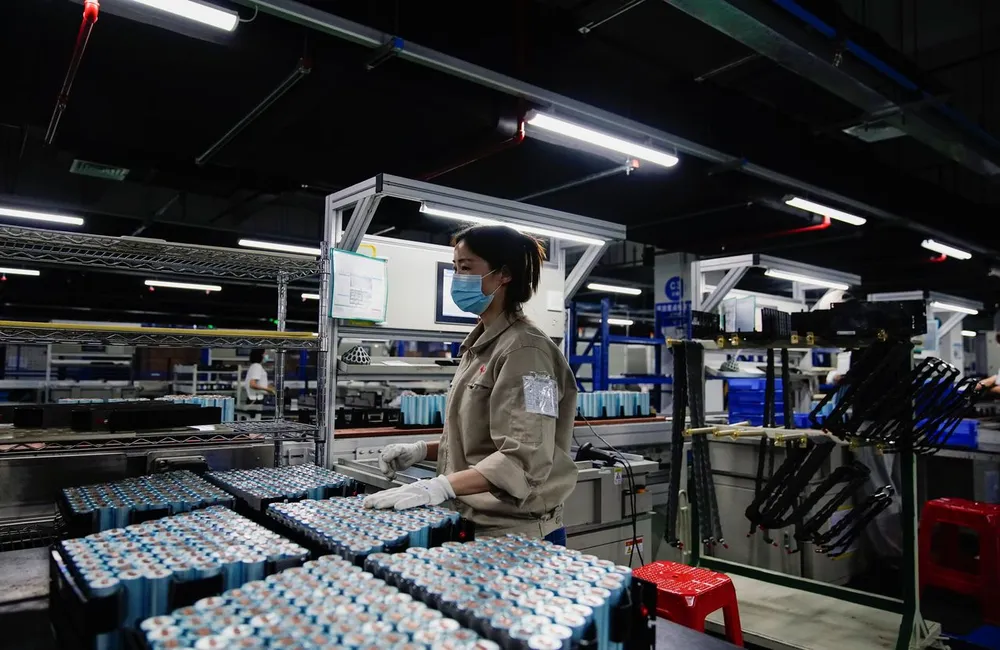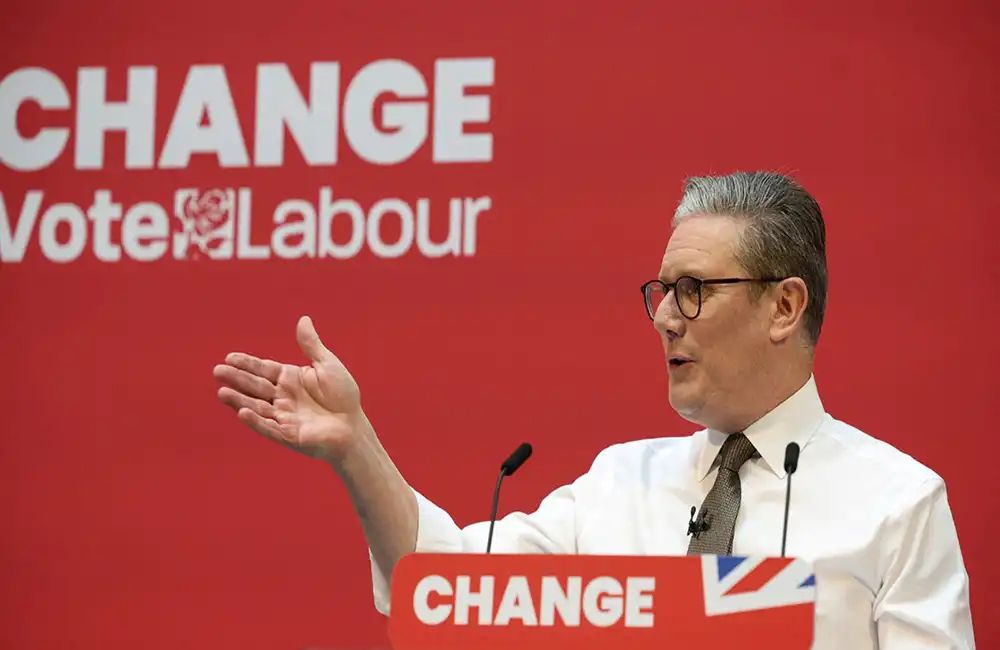Lithium prices are likely to find strong support in 2023, with supply likely to remain tight amid bullish demand on the back of accelerating adoption of electric vehicles globally, but some price correction could be in the works, driven by a slowdown in the Chinese market, market participants told
As EV adoption accelerates, some in the industry anticipate that the gap between lithium demand and supply will persist, or even increase, in 2023.
Prices are likely to settle at current levels for the coming few years, according to John Walker, chief executive of Alkemy Capital Investments’ 100%-owned unit, Tees Valley Lithium, or TVL.
“There might be some normalization of these current elevated spot prices achieved, but on the contract side, we believe the market must still be tight into 2023 given the shortage of supply being realized,” Vulcan Energy Resources Chief Executive and Managing Director Francis Wedin said.
Executives of Chilean lithium producer SQM said in a quarterly conference call on Nov. 17 it had put out of the question locking in fixed lithium prices as it negotiates long-term supply contracts with consumers, confident that surging EV demand would keep the market tight. The company said it would still be using indexed contracts to inform its price benchmarks, saying this was the “healthiest way to contract products.”
In early November, Chinese lithium prices spiked on power cuts and pandemic controls in the main producing provinces, including Sichuan and Jiangxi, to briefly reach the Yuan 600,000/mt level. Pilbara Minerals' above $7,805/mt spodumene auction on Nov. 14 in the same time frame also propelled the market sentiment, as they continue to set new annual records.
Prices have since slumped after downstream precursor and battery maker production cuts, a far cry from the same quarter last year when demand exploded.
Chinese domestic lithium carbonate and lithium hydroxide was assessed at Yuan 548,000/mt DDP China and Yuan 555,000/mt DDP China Dec. 20, respectively, up 94% and 155% since the beginning of 2022.
58% of those who responded expected the Chinese EV subsidies to slow general EV sales in 2023, while battery pack costs rose for the first time in more than a decade, spurred on by surging lithium prices.
“Sales will grow, but the growth rate may slow down,” said a Chinese maker of batteries.
Upstream, major participants were at odds over whether prices of spodumene concentrate, the source material for producing lithium salt, would stay aloft in 2023, with many suggesting existing levels were unsustainable in the face of a fall in salt prices.
Around 46% felt prices would continue to stay elevated, while 39% disagreed based on new projects hitting the market.
One miner said the shortage was “here to stay,” but that it “should start to ease away from the recent acute shortage phase we have experienced.”
Record lithium prices have opened the door for alternative chemistries like sodium-ion batteries, and while that is gaining some traction in China, 73% of respondents said this would not be a real threat to lithium demand.
Looming surplus?
Going forward, though, market sources were divided on whether supply would keep up with demand in 2023.
Market Intelligence's Metals and Mining Research estimates lithium chemical supply at 858,000 mt of lithium carbonate equivalent in 2023, up from the 668,000 mt projected supply for 2022, while LCE demand was estimated to be 856,000 mt, up from 684,000 mt in 2022. This would leave the market in a slight 2,000 mt surplus in 2023, a turnaround compared to a 15,000 mt deficit in 2022.
In its November report, MI projected average lithium carbonate price to decline 10% on year to $45,833/mt CIF Asia in 2023 as the supply ramped up.
A price forecast at above $40,000/mt, remained three to five times above prices over 2019-2021, Senior Analyst Alice Yu said.
But although it may be more 'balanced' than the extreme scenario we believe was the market in 2022, we continue to see risk for a material deficit in our view due to either the challenges of either expanding existing projects, or welcoming and then ramping up production from new projects," Savannah Resources Chief Executive Officer Dale Ferguson said, adding Savannah believes the market will remain "extremely tight" through to 2024.
In the longer term, however, market players remained bullish, noting supply constraints and the huge demand for lithium salts as two drivers.
“Even if all announced lithium projects come on stream on time, there is still an apparent supply-demand gap, based on the targets held by OEMs and battery makers, driven by government objectives and consumer demand for EVs,” Wedin said.
Plenty agreed, including those with jobs in other sectors and the production side, that the global lithium market would stay tightly balanced, curtailing lithium’s price declining into 2023.


